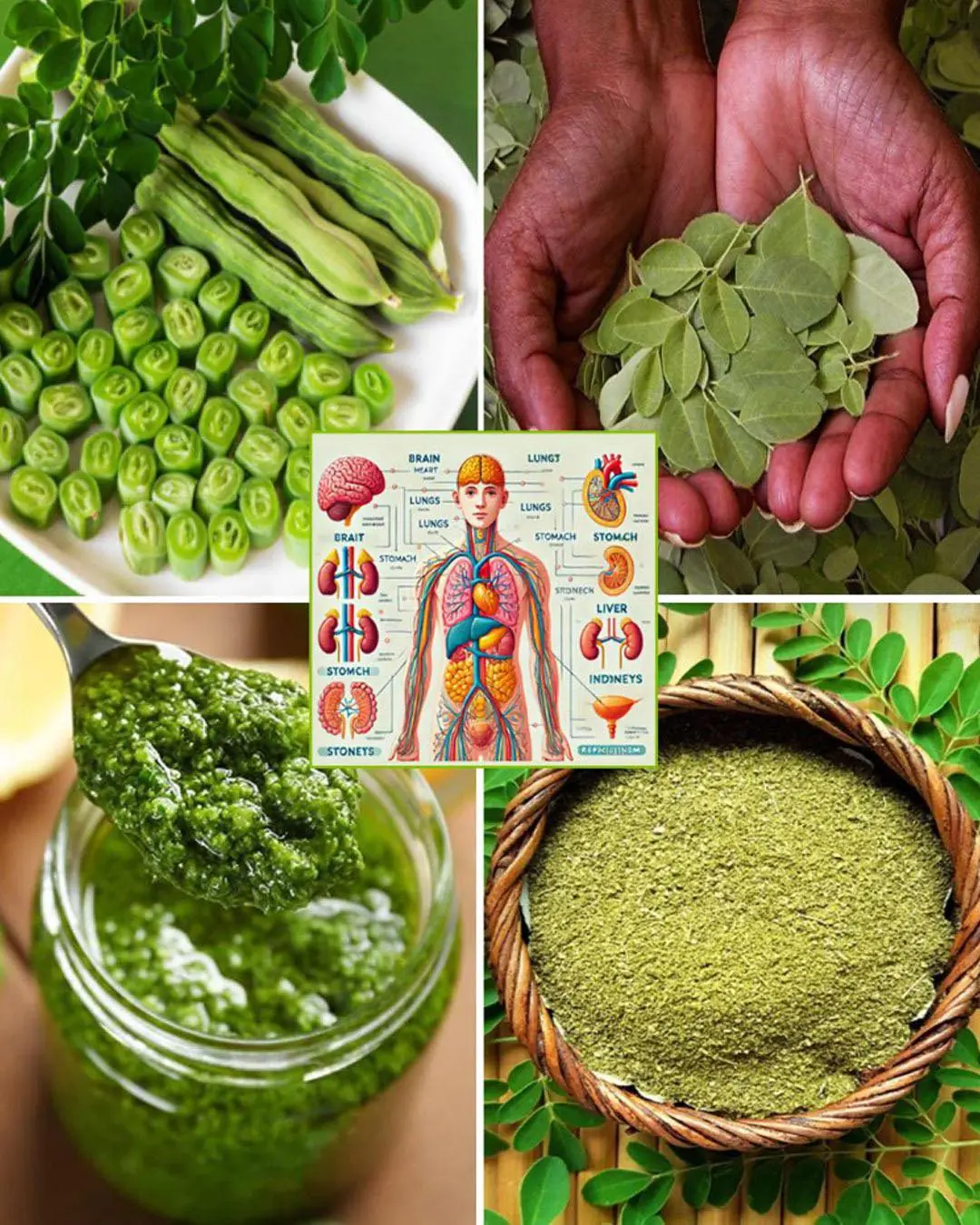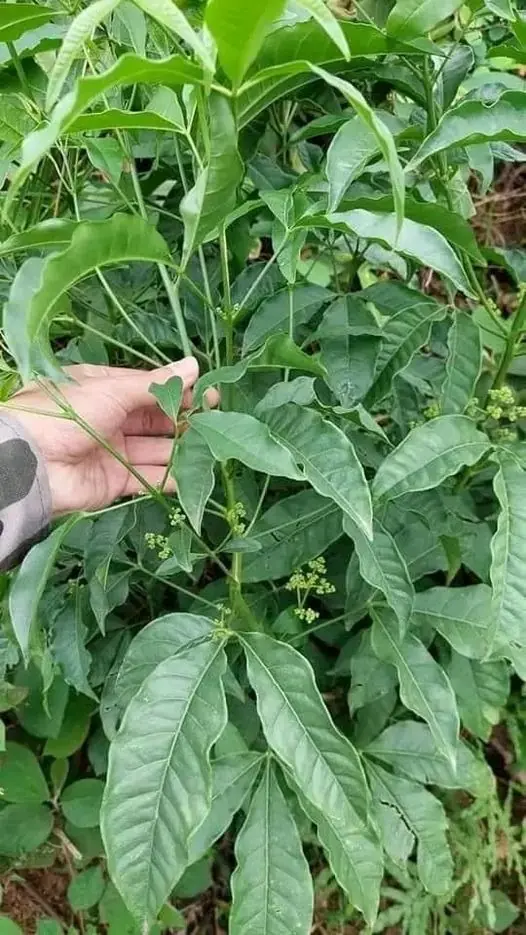
Don’t Wash Black Moldy Wooden Cutting Boards with Soap: Try This Simple Method and Your Board Will Be Spotless in Just 5 Minutes
When your wooden cutting board gets dirty or develops black mold, don’t rush to wash it with soap. Instead, try this simple and effective tip, and your cutting board will be as clean as new in just 5 minutes — plus, it won’t develop mold again for a long time.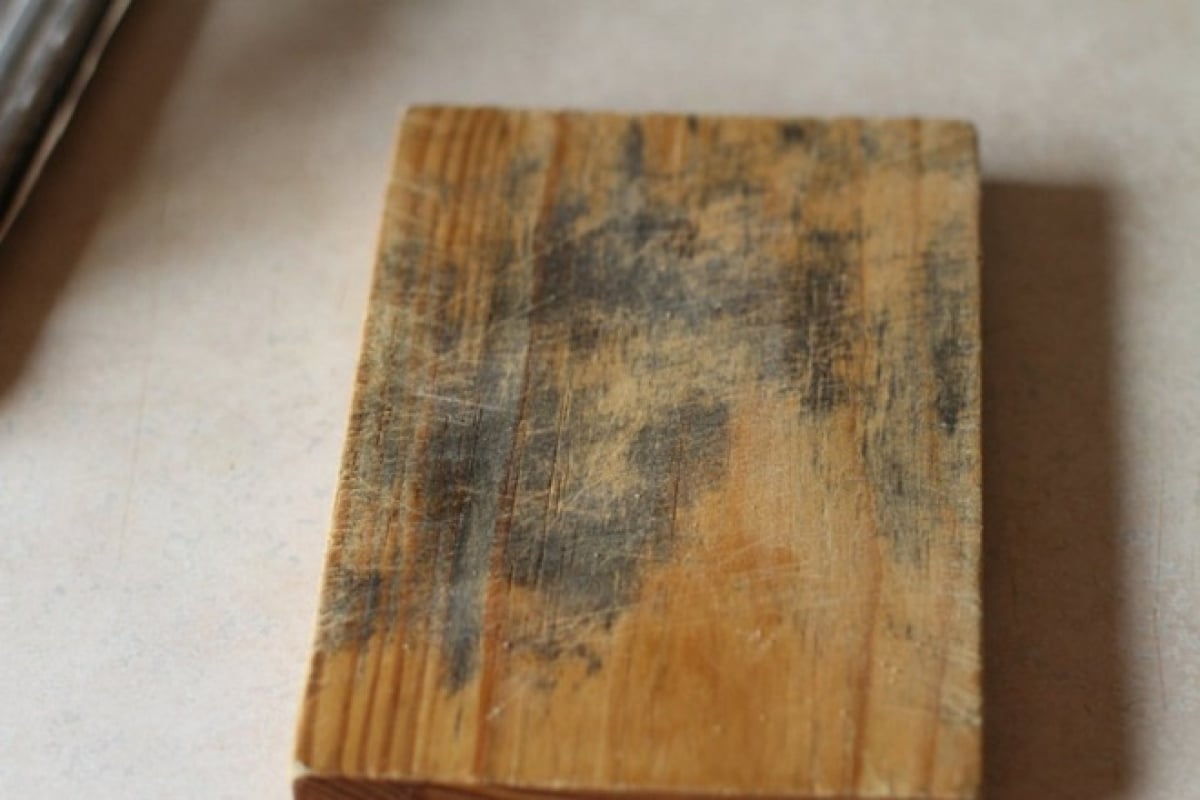
People used to say, “Illness starts from the mouth,” so having a healthy cutting board is essential for ensuring the quality of the food you prepare and ultimately your life. However, in rainy or humid weather, wooden cutting boards can easily develop mold if not properly cared for. It’s very important not to clean moldy cutting boards with regular soap because while soap and hot water can clean the surface, they may also dry out the wood excessively, causing it to warp or crack over time. Instead, you can use some natural ingredients commonly found in your home, which are both gentle and effective.
A good cutting board is just as important as the quality of the ingredients you chop or slice on it. Using a poorly maintained board can dull your knives faster and become a breeding ground for bacteria. Wooden cutting boards are environmentally friendly and safer to use, but disinfecting them properly isn’t always simple if you don’t know the right method. The natural method I will share uses household items like vinegar, salt, baking soda, and toothpaste, which can kill bacteria and remove stains effectively without damaging the wood.
How to Clean Moldy Wooden Cutting Boards Using Vinegar, Salt, Toothpaste, and Baking Soda
What you need:
-
White vinegar
-
Salt
-
Toothpaste
-
Toothbrush
-
Cooking oil (such as vegetable oil)
-
Baking soda
Step 1: Disinfect with White Vinegar and Salt
White vinegar is a strong natural cleaner that helps loosen tough stains on the cutting board’s surface. Pour an appropriate amount of white vinegar evenly onto the board. Then sprinkle a layer of salt over the vinegar. The coarse salt not only adds abrasive friction for scrubbing but also has natural disinfectant properties.
Step 2: Scrub with Toothpaste and a Toothbrush
Next, take an old toothbrush and apply some toothpaste to its bristles. Scrub the cutting board vigorously just like brushing your teeth. The combination of salt and toothpaste creates a powerful abrasive effect that thoroughly cleans the board and removes dirt embedded in knife grooves. This method prevents bacteria and grime from hiding in small cracks or scratches.
A few minutes of brushing will make your board noticeably cleaner. After scrubbing, rinse the cutting board with water to wash away residue.
Step 3: Apply a Layer of Cooking Oil
After cleaning and drying the board, apply a thin layer of cooking oil to its surface. This step helps moisturize the wood and prevents cracking or mold growth in the future. Cover the board with plastic wrap and let the oil soak in for 4 to 5 hours before removing the wrap.
If there is excess oil on the board after soaking, avoid washing it off with soap, which could dry the wood out again. Instead, sprinkle baking soda on the oily spots — baking soda is excellent at absorbing grease. Afterward, rinse the board clean. Following this routine will keep your wooden cutting board mold-free for up to a year.
Alternative Cleaning Method: Lemon, Salt, and Vinegar
Salt acts like a scrub brush to physically remove dirt, while lemon juice is known for its antibacterial properties and ability to eliminate odors. For a cutting board about 22 cm in diameter, use 1/3 of a lemon, 1.5 tablespoons of salt, and 5 tablespoons of vinegar.
First, rinse the board with water and sprinkle a generous amount of salt over it. Then, take the lemon half and scrub the board thoroughly until it looks clean. Let it sit for a few minutes, then rinse with cool water.
To boost the disinfecting power, you can also wipe the board with white vinegar at the end. This extra step ensures any lingering bacteria are eliminated.
Additional Tips for Maintaining Wooden Cutting Boards
-
Dry thoroughly after washing: Always dry your cutting board completely after cleaning to prevent moisture buildup, which leads to mold. Use a clean towel or air dry in a well-ventilated area.
-
Avoid soaking boards in water: Prolonged exposure to water can cause wooden boards to swell, crack, or warp.
-
Use food-safe mineral oil regularly: Besides cooking oil, food-grade mineral oil is ideal for maintaining wooden boards and is less likely to become rancid.
-
Rotate your boards: If possible, have separate cutting boards for different food types (e.g., meat, vegetables) to reduce cross-contamination.
By following these natural and simple cleaning methods, you can keep your wooden cutting boards hygienic, beautiful, and long-lasting without the risk of mold or damage caused by harsh chemicals or soap.
News in the same category


Don't soak frozen meat in water. Listen to the chef's instructions on how to defrost it in 5 minutes and the meat will still be delicious.

Everyone please take care of yourself 👇👇

Don't Just Roll Meat With Betel Leaves - 5 Medicinal Uses Worth More Than Western Medicine!
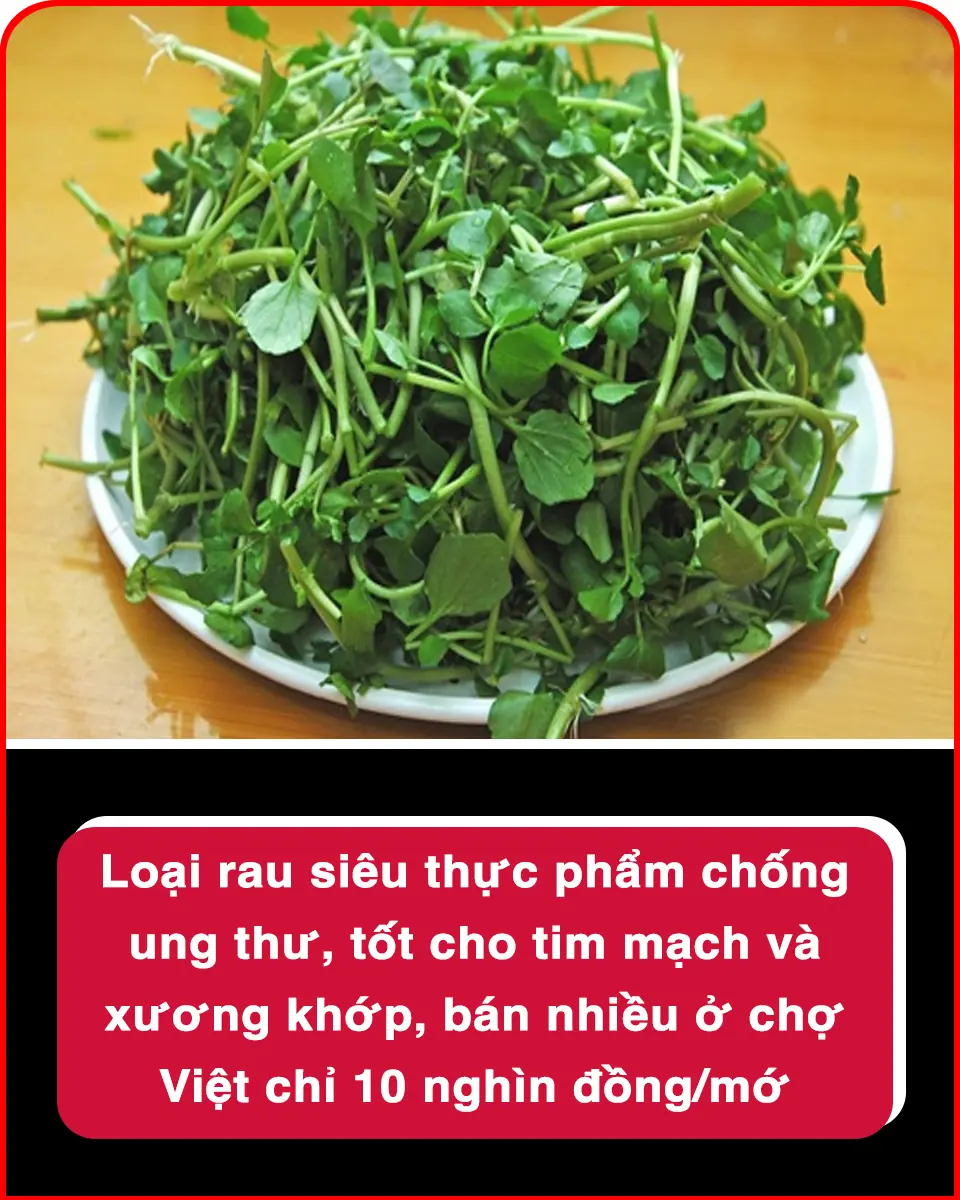
This is a very good anti-cancer food, and is affordable when sold in Vietnamese markets. 👇👇

How to grow lemons in pots to produce fruit all year round, the whole family can't eat it all
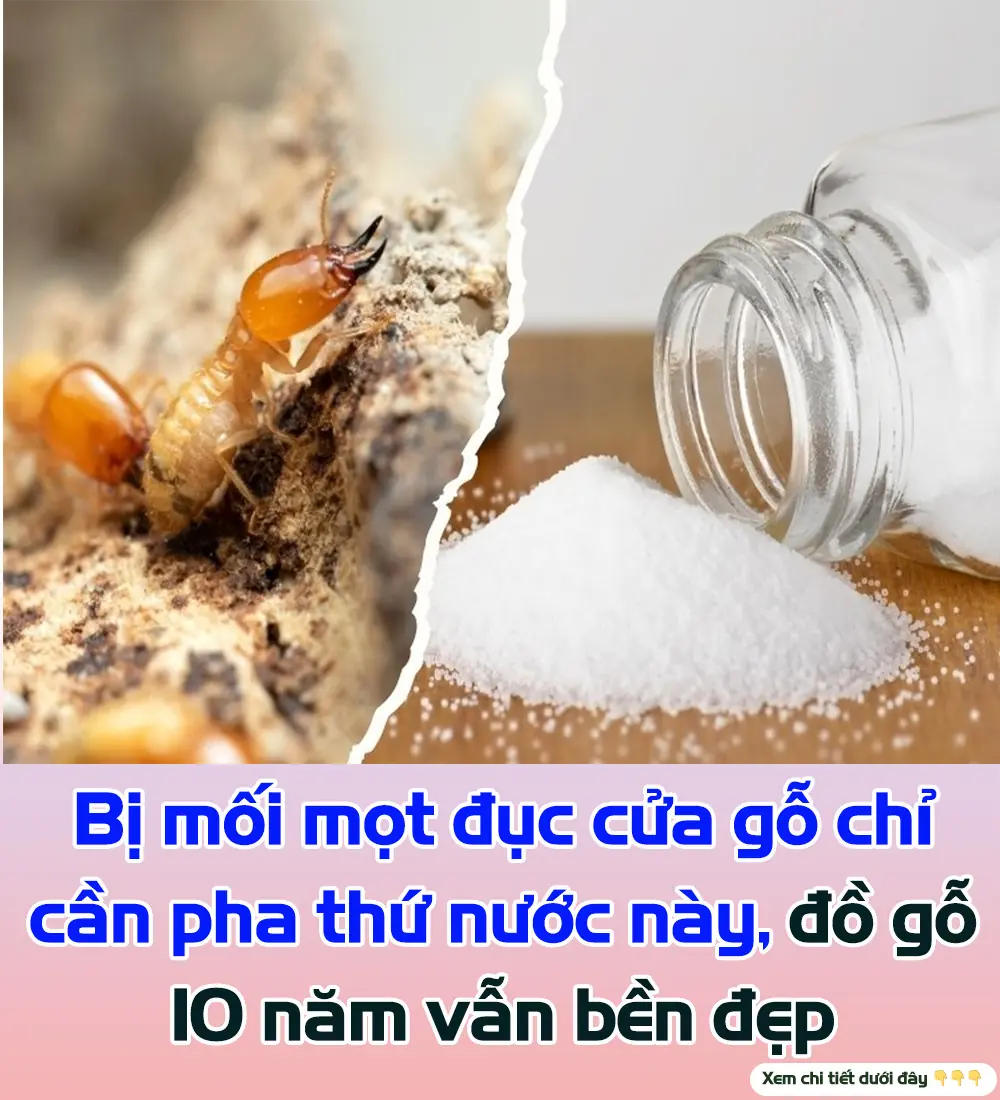
If your wooden door is infested with termites, just pour this mixture on it and your wooden furniture will still be beautiful after 10 years.

Vietnam has it all but no one knows how to eat it 👇👇
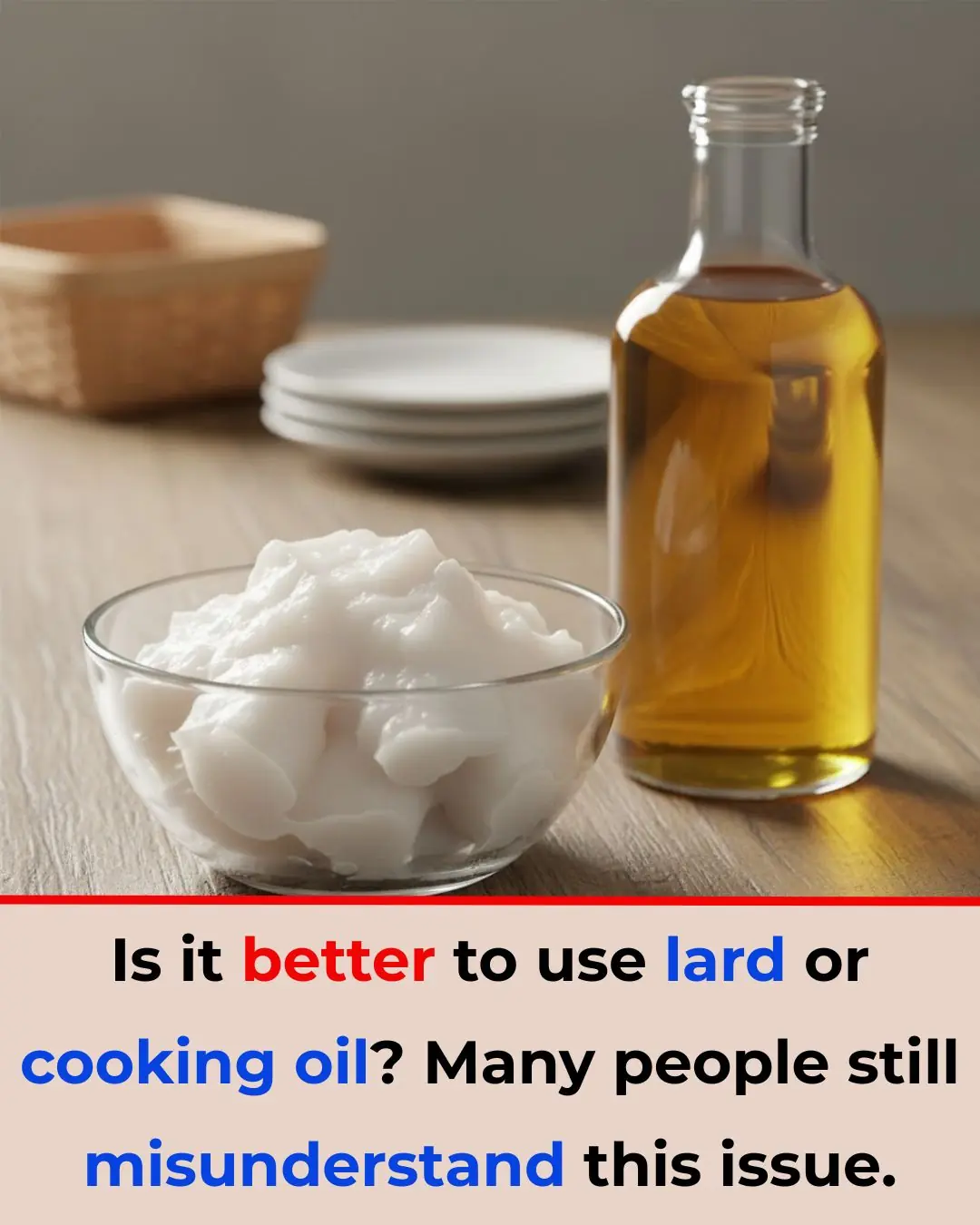
Lard vs. Cooking Oil: Which Is Better? Many People Still Misunderstand This Issue

Miraculous: Placing an Orange Beside Your Bed Can Surprisingly Improve Your Health

7 Ways How To Deal With A Cheating Husband

Just Add a Few Drops of This When Frying Eggs — They Puff Up Fluffy and Soft, Two Eggs Seem Like Four

Jasmine growing tips: 4 simple steps, flowers bloom all year round, hundreds of flowers in full bloom
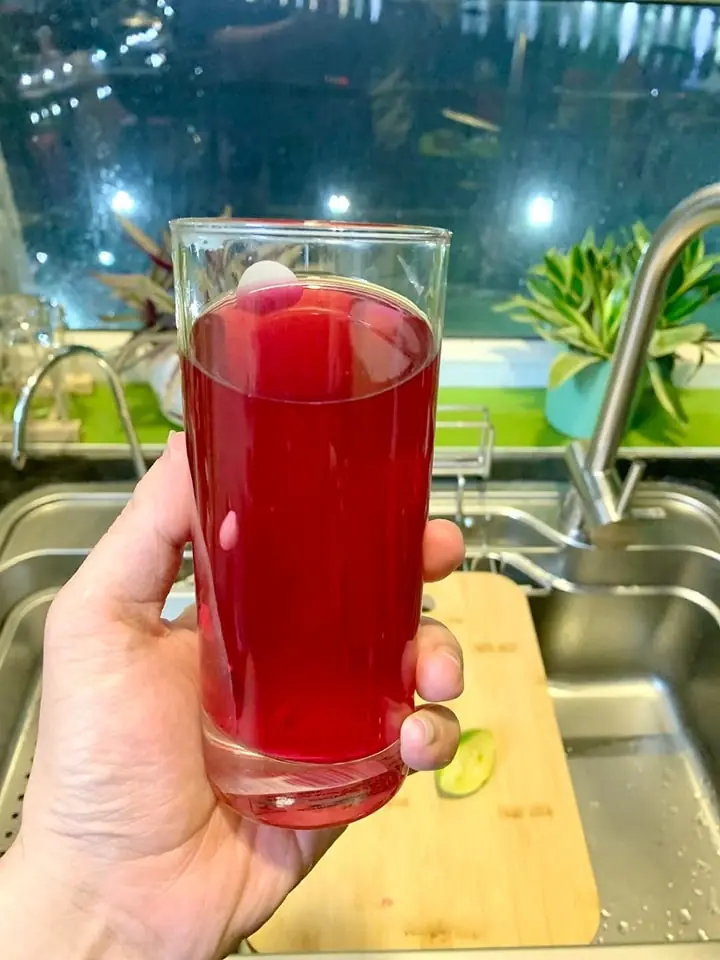
Drinking purple perilla leaf juice at these 3 times is better than ten thousand tonics 👇👇👇

The 'miraculous' uses of fig leaves: A precious medicinal plant right in your garden

7 foods that you cook in one go and can't finish eating should be thrown away. Don't leave them in the fridge overnight or reheat them. Extremely harmful.

Note when dog and cat tapeworm disease is increasing👇👇

JUST MAKE BEAN SPROUTS THIS WAY, no need to water and in 2 days you will have white and delicious bean sprouts.
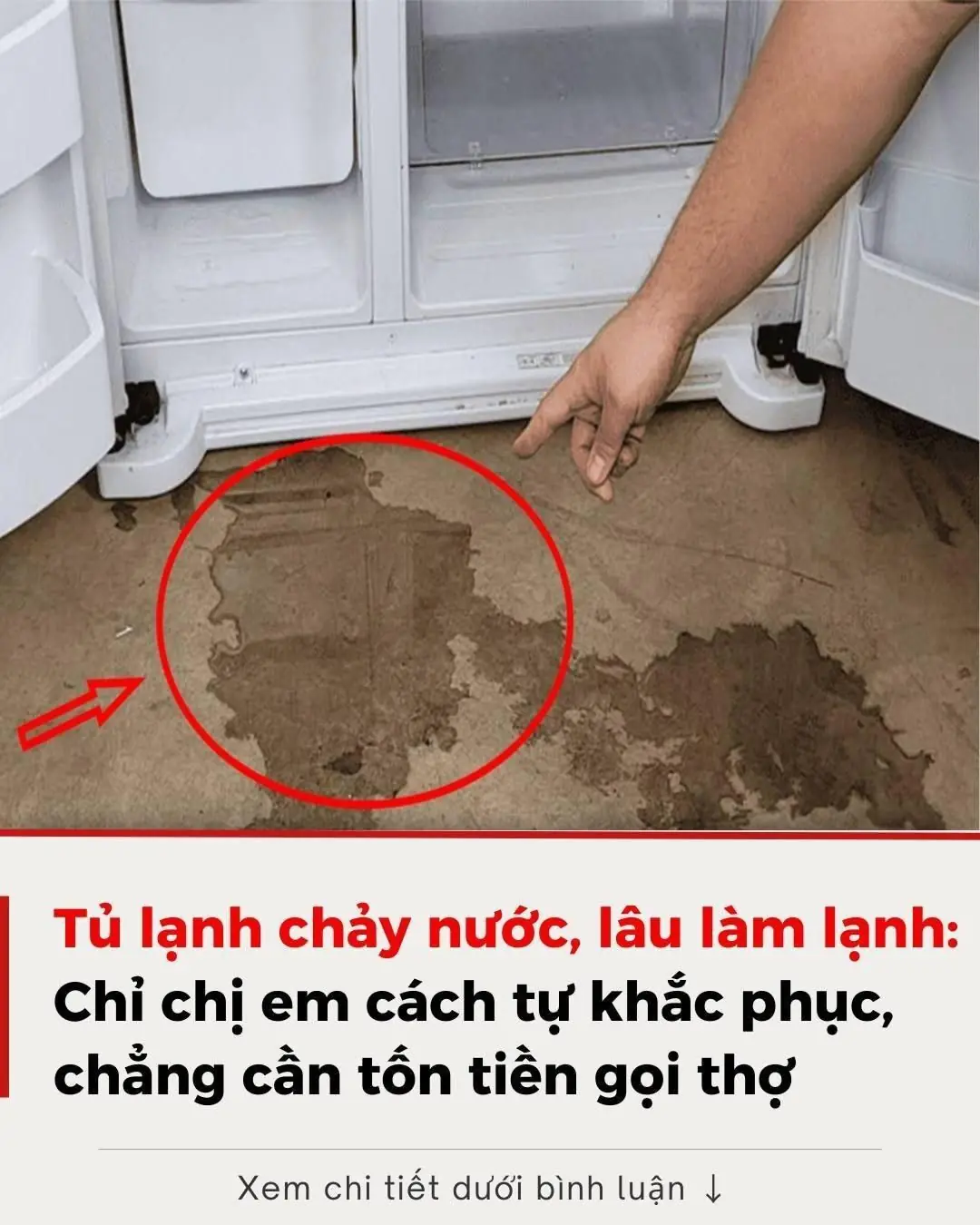
The refrigerator is leaking water and takes a long time to cool. She shows you how to fix it yourself in a moment, no need to call a technician.
News Post

Buddy the Golden Retriever Mistakes Bear Cub for His Lost Teddy — Heroic Mischief Goes Viral

When the Elephant Wanted Coffee: A Day to Remember at the Safari Café.

The Man Who Bought Freedom for Sea Turtles.

The Little Girl Who Spoke to the Wild.

Remembering Dre Thomas: A Young Hero Who Taught the World Courage

Havoc’s Journey: From Pain and Abandonment to Love and Community

Michalinka’s Fight for Life: A Tiny Warrior Who Won’t Give Up

Bitter but very good.

Don't soak frozen meat in water. Listen to the chef's instructions on how to defrost it in 5 minutes and the meat will still be delicious.

Everyone please take care of yourself 👇👇

Don't Just Roll Meat With Betel Leaves - 5 Medicinal Uses Worth More Than Western Medicine!

This is a very good anti-cancer food, and is affordable when sold in Vietnamese markets. 👇👇

How to grow lemons in pots to produce fruit all year round, the whole family can't eat it all

If your wooden door is infested with termites, just pour this mixture on it and your wooden furniture will still be beautiful after 10 years.

Vietnam has it all but no one knows how to eat it 👇👇

Ginger, Soursop, Sorrel, and Turmeric – The Miracle Drink

Kyllinga brevifolia (Rottb): Benefits and How to Use It
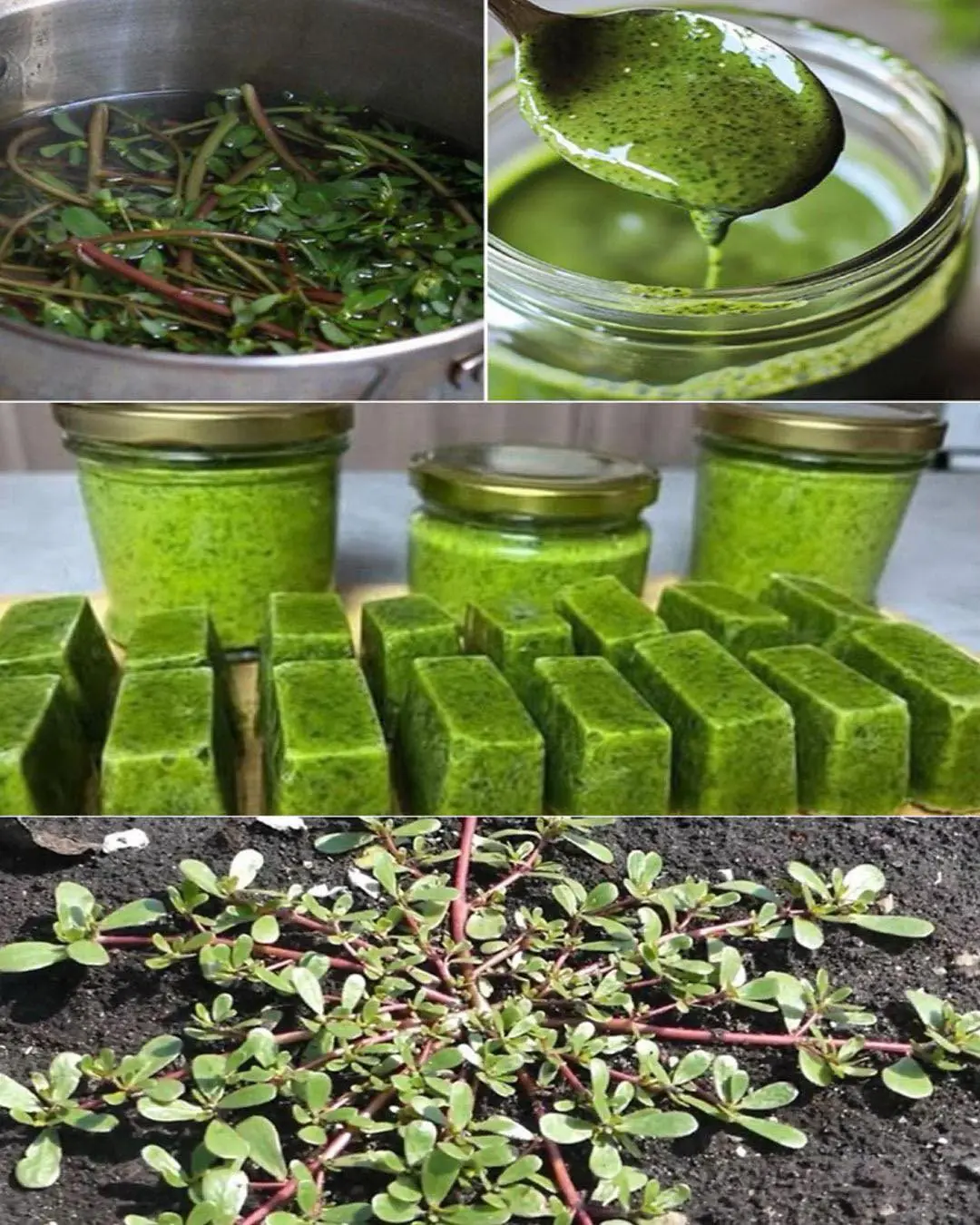
Purslane: The Superfood That Tastes Better Than Meat – 7 Reasons to Grow It in Your Garden
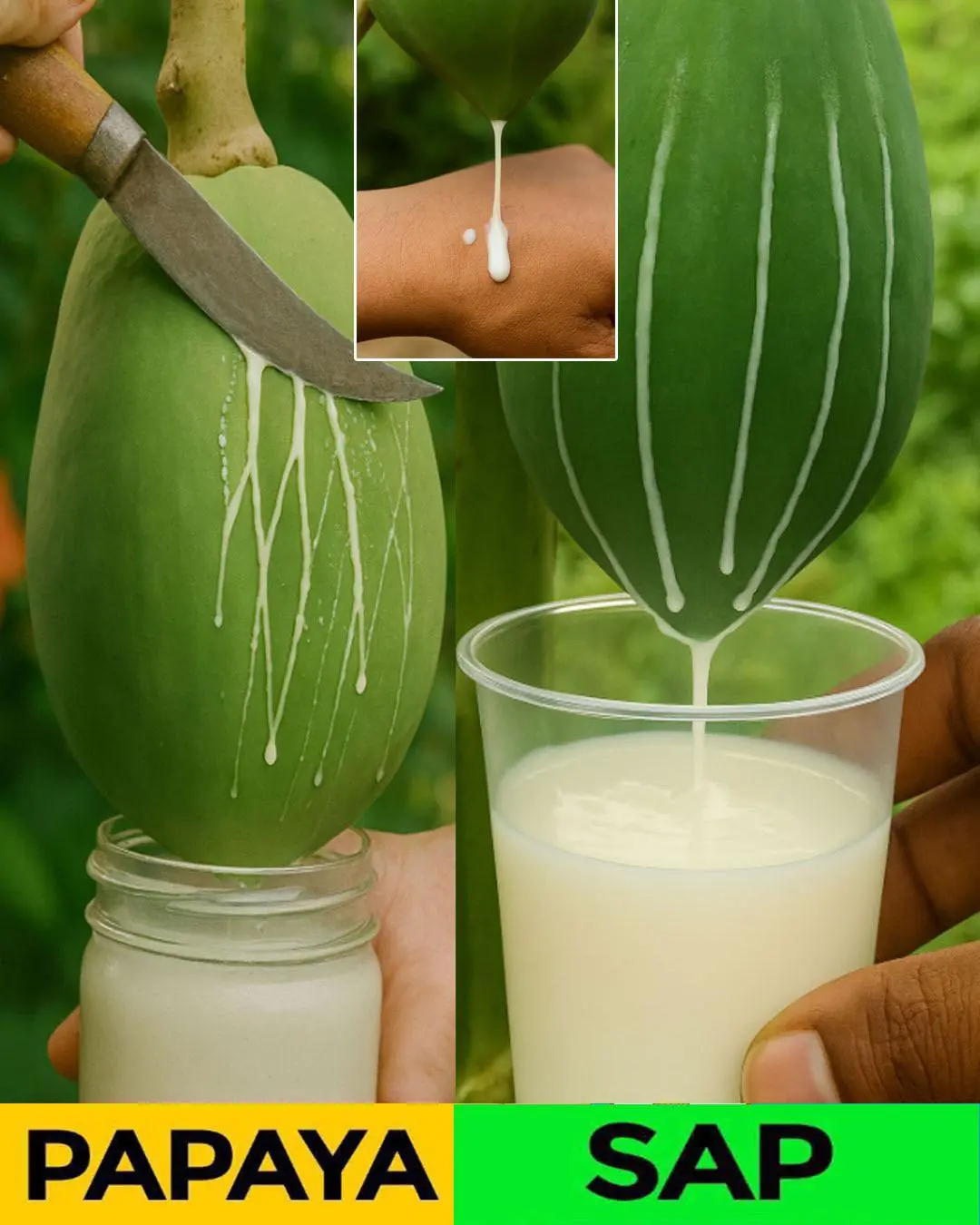
Papaya releases a milky sap, but most people don’t realize how important it is
